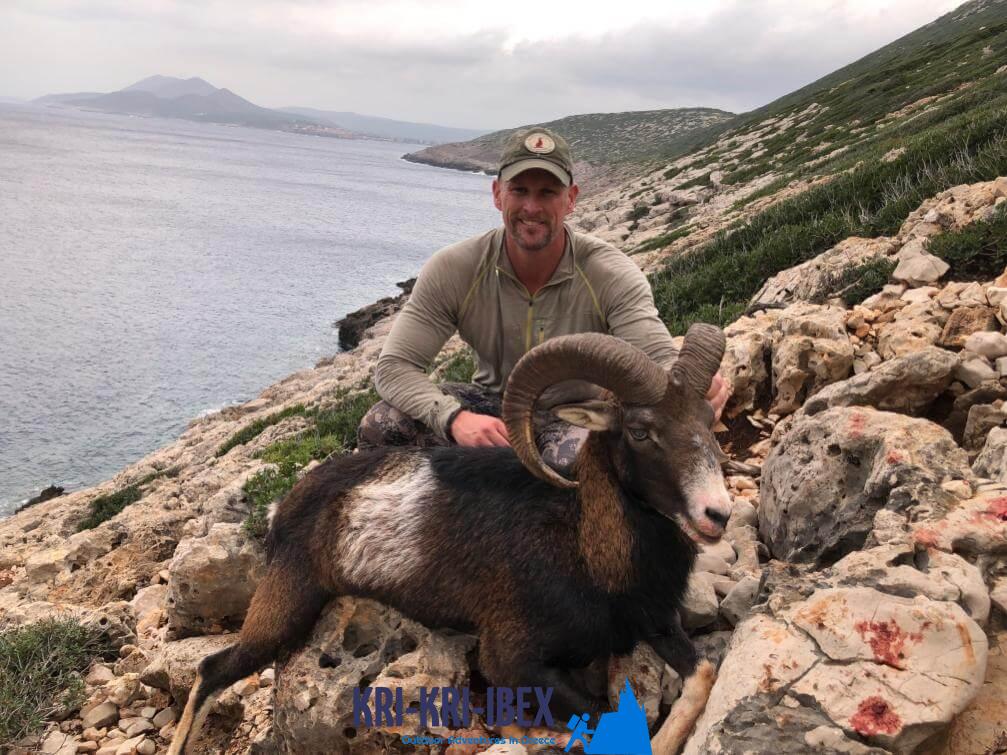
Hunting for Kri Kri ibex in Greece is an interesting searching as well as an incredible getaway expedition all rolled into one. For most seekers, ibex searching is a difficult endeavor with miserable conditions, but not in this instance! During five days of visiting ancient Greece, diving to shipwrecks, and spearing, you'll come across lovely Kri Kri ibex on an unique island. What else could you desire?

Hunting Kri-Kri Ibex on Sapientza Island is a rewarding but challenging task. The ibex live in rugged, rough terrain that can conveniently leave you without shoes after just two trips. Capturing a shotgun without optics can additionally be a tough task. The search is well worth it as the ibex are some of the most beautiful pets in the globe. Greece is a wonderful nation with a rich history and society. There are many tourist possibilities offered, including walking, sightseeing, as well as obviously, searching. Greece offers something for everybody and is absolutely worth a check out.
To lots of people, The Peloponnese peninsula on the Greek Mainland is the 'actual' Greece, where things have actually not transformed much in all over the centuries although that lots of people have found it. This is an area where you might quickly invest a month or more however if you are short on time then our searching and also visiting Peloponnese Tours from Methoni is a fantastic service. This covers a huge quantity of ground to some of Europe's the majority of remarkable sites in just 5 days. You truly won't believe what you see! Whilst the Peloponnese is house to several of the very best coastlines in Greece there are a lot of things to do as well as see that it is in fact a year-round location. Whilst Summer is the suitable time to spend at the waterfalls as well as coastlines, Spring and Autumn are exceptional for hiking and discovering Ancient Ruins, Caves and Archeological websites. Even winter months is attracting as much of the towns as well as villages obtain some snow, specifically in the mountains, and the rock architecture as well as wineries offer themselves to cosy moments by an open fire. The covered dishes as well as traditional winter season food is delicious and also hearty. Regardless of what season you select you will certainly find the crowds very convenient and in many places, non-existent.
If you're searching for a genuine Greek experience, then look no further than our outside hunting in Greece with angling, and also free diving tours of Peloponnese. This is a remarkable means to see every little thing that this fantastic area has to provide. Schedule your tour today!
What is the diference between Kri Kri ibex, Bezoar ibex and hybrid ibex
The kri-kri is not thought to be indigenous to Crete, most likely having been imported to the island during the time of the Minoan civilization. Nevertheless, it is found nowhere else and is therefore endemic to Crete. It was common throughout the Aegean but the peaks of the 8,000 ft (2,400 m) White Mountains of Western Crete are their last strongholds–particularly a series of almost vertical 3,000 ft (900 m) cliffs called ‘the Untrodden’—at the head of the Samaria Gorge. This mountain range, which hosts another 14 endemic animal species, is protected as a UNESCO Biosphere Reserve. In total, their range extends to the White Mountains, the Samaria National Forest and the islets of Dia, Thodorou, and Agii Pandes.
This Ibex is NOT a diminutive form of the Bezoar Ibex, which has migrated into the western-most reach of the range of this species. The kri – kri (Capra aegagrus cretica), sometimes called the Cretan goat, Agrimi, or Cretan Ibex, is a feral goat inhabiting the Eastern Mediterranean, previously considered a subspecies of wild goat. The kri-kri has a light brownish coat with a darker band around its neck. It has two horns that sweep back from the head. In the wild they are shy and avoid tourists, resting during the day. The animal can leap some distance or climb seemingly sheer cliffs.
“The agrimi goat Capra aegagrus cretica is unique to Crete and its offshore islands. It has been identi®ed as a sub-species of the wild bezoar goat Capra aegagrus aegagrus Erxleben, 1777, which it closely resembles in horn shape, body form and coloration. This classi®cation has been disputed by some researchers who claim that the agrimi are feral goats, derived from early domestic stock brought to the island by the ®rst Neolithic settlers. In order to clarify this issue, DNA analyses (cytochrome b and D loop sequences) were carried out on tissue of live and skeletonized agrimi and compared to sequences of wild and domestic caprines. Results conclusively show the agrimi to be a feral animal, that clades with domestic goats (Capra hircus) rather than with wild Asiatic bezoar. This study demonstrates that morphometric criteria do not necessarily re¯ect genetic af®nities, and that the taxonomic classi®cation of agrimi should be revised.”